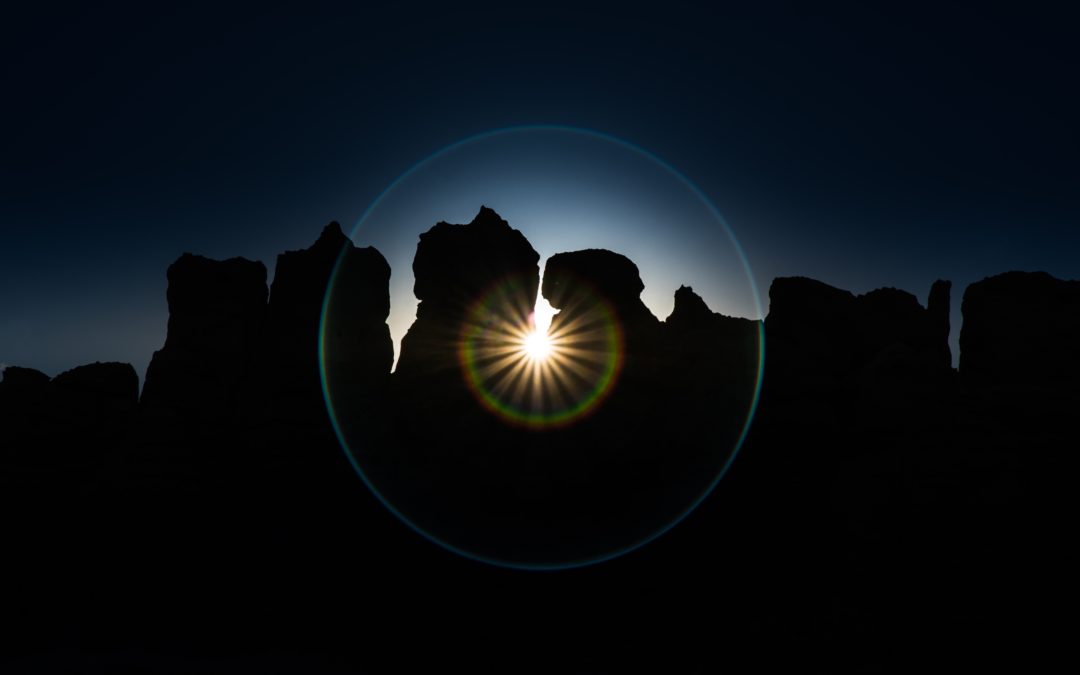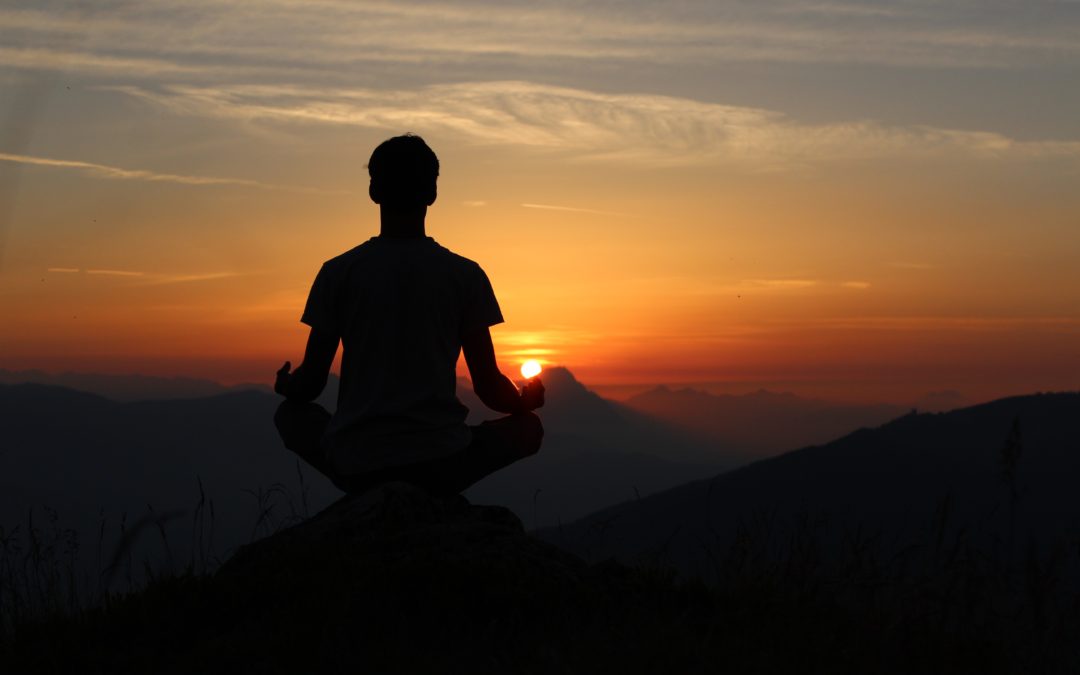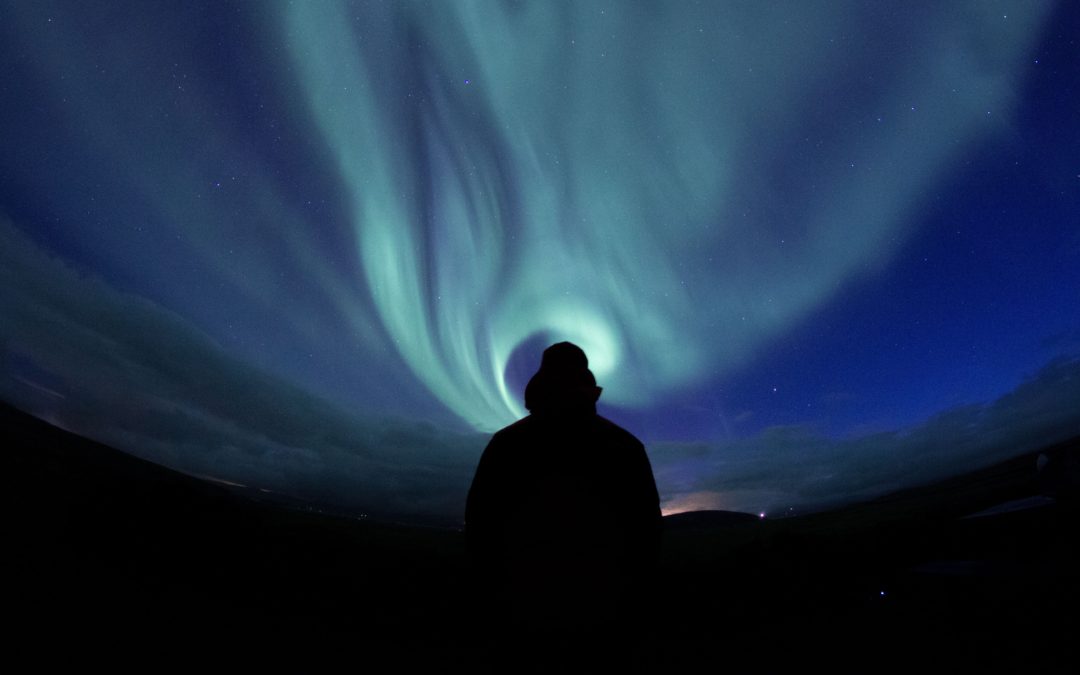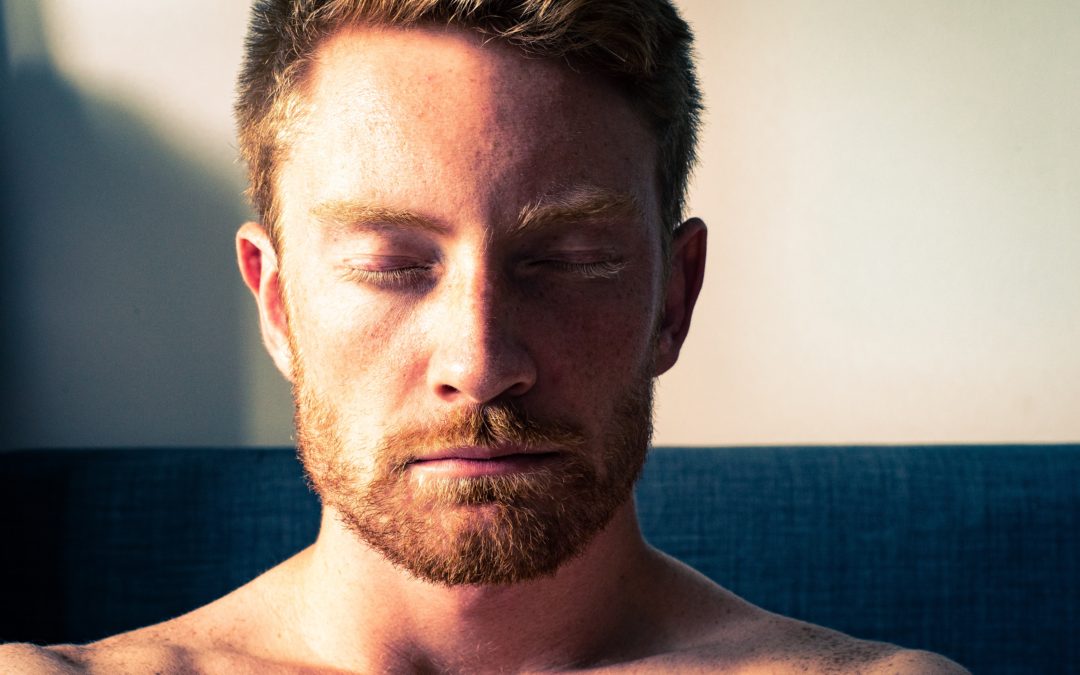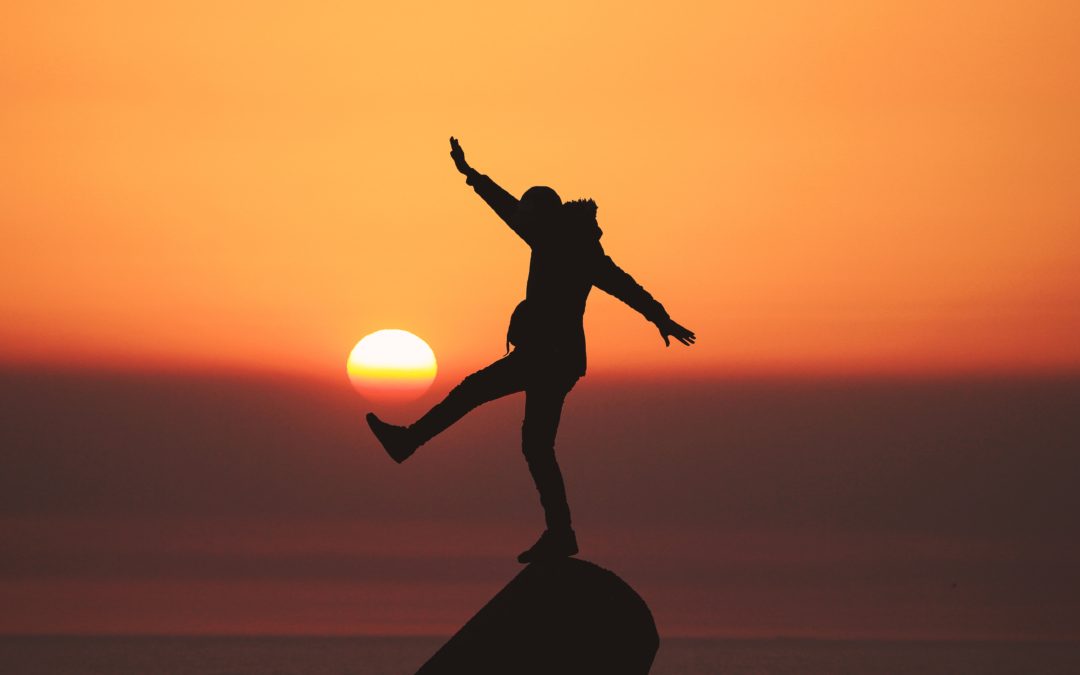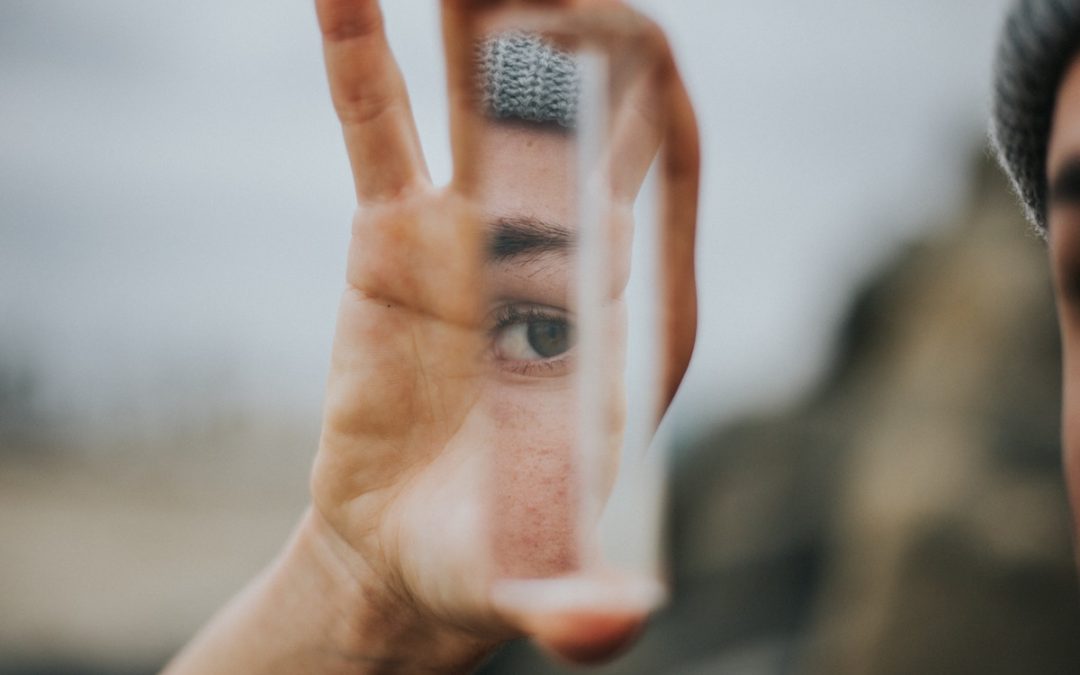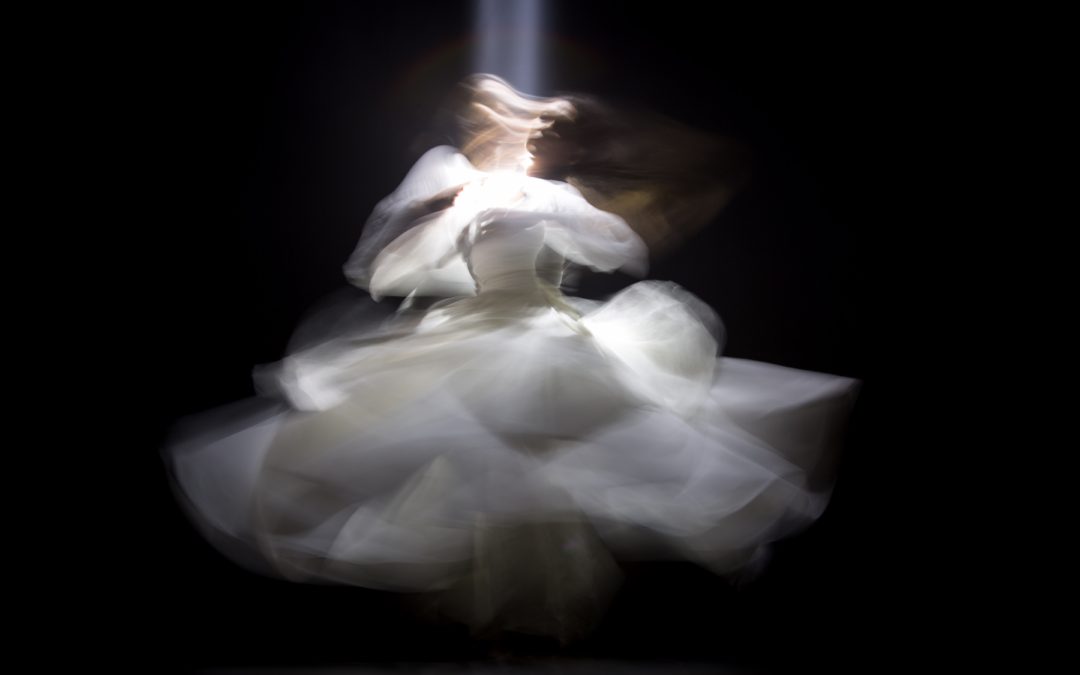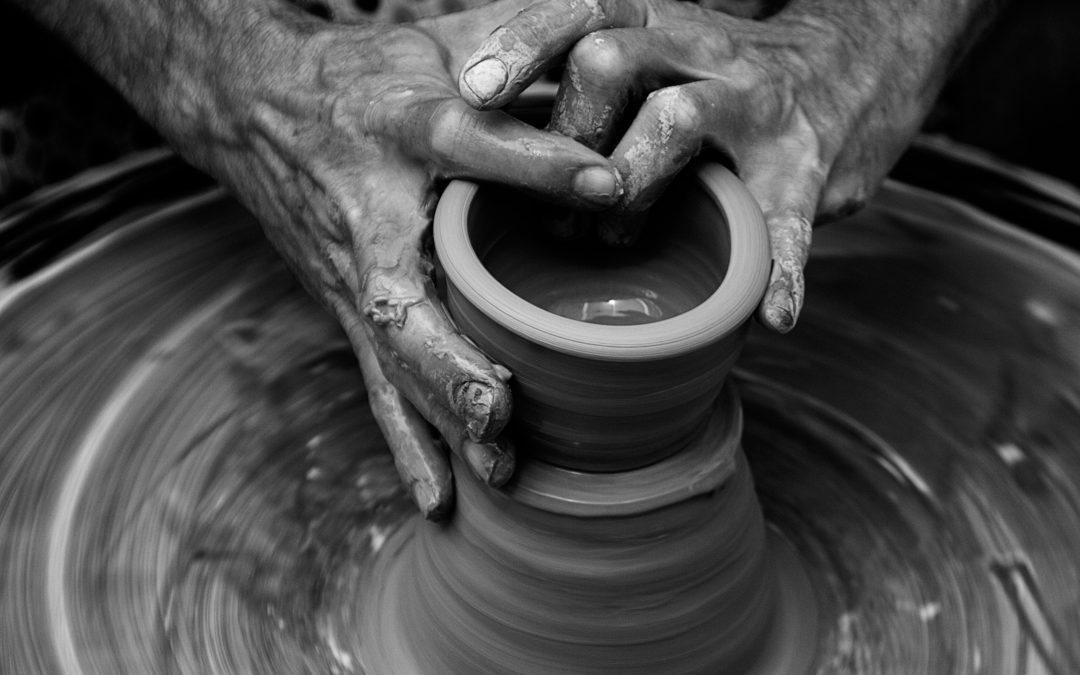
Getting Rid of Conflicts in your Thinking
“You cannot transcend your thoughts as long as there is a conflict in your thoughts.”
You cannot transcend your thoughts as long as there is a conflict in your thoughts. It is conflict that occupies the Self with thoughts, because thoughts try to resolve conflict. Imagine you pick up a problem to solve and you go sit in meditation. Throughout your meditation you will only be thinking about solving that problem, and your meditation will become an intellectual exercise. You will not be able to observe your breath, nor will you be able to observe your body, because there will be a conflict that needs to be resolved and you will be completely occupied with it.
With enough meditation, you can go beyond the conflict of the mind. At one point in time, after observing your mind enough, you will know the game the mind plays with you. It becomes very clear. There is no real problem to solve; there is no actual problem. The problem that you are trying to solve in your mind is an induced idea of a problem. One moment will come, after the same problem has come up again and again, when you will simply drop it. In that moment you will know that there is no need to solve the problem.
Dropping a problem simply means shifting your awareness from the problem, from thoughts, to some other domain. That shift is very significant. As of now all of our focus is on our thoughts. We give our thoughts too much importance. By watching the thoughts enough, the shift happens from watching the thoughts to watching the body.
The body is also a form of a conflict. Just like two thoughts contradict each other, the body also contradicts itself. You don’t know this because the body has a completely different language. It doesn’t use thoughts to communicate; it uses sensations, it uses pain. The pain and pleasure that you experience in ideas is the contradiction of the mind, while the physical pain and pleasure that the body experiences is its contradiction.
Think about it: What are you doing when you try to dissolve a conflict in the mind? You are trying to move from the zone of pain to the zone of happiness. You are trying to move away from the zone of confusion to the zone of clarity. It is the same with the body. The body is constantly juggling, moving around, because it is in conflict. There is one part of the body that only wants to rest, and another part of the body that says, “If you completely rest I’m going to die. Remain alert, keep your spine erect, and don’t fall asleep!” So, there is a conflict.
After you have watched enough, you will slowly realize that the body is not a conflict that needs to be solved. You only have to let go of it. And this letting go will happen naturally. It doesn’t happen as a conscious decision. You cannot just say, “Okay, I want to let go of my body now,” because the moment that you say you want to let go of your body, it is actually the body who is speaking, not you. The Self does not speak. The Self does not articulate anything. When the Self is completely fed up with this questioning, asking, learning, meditating, sitting, and watching, then it simply drops all of this. In that one moment, without your knowledge, the body will relax so deeply that you will experience a transcendental state of blissful reality.
Share with friends

